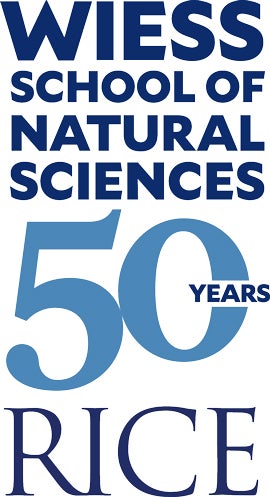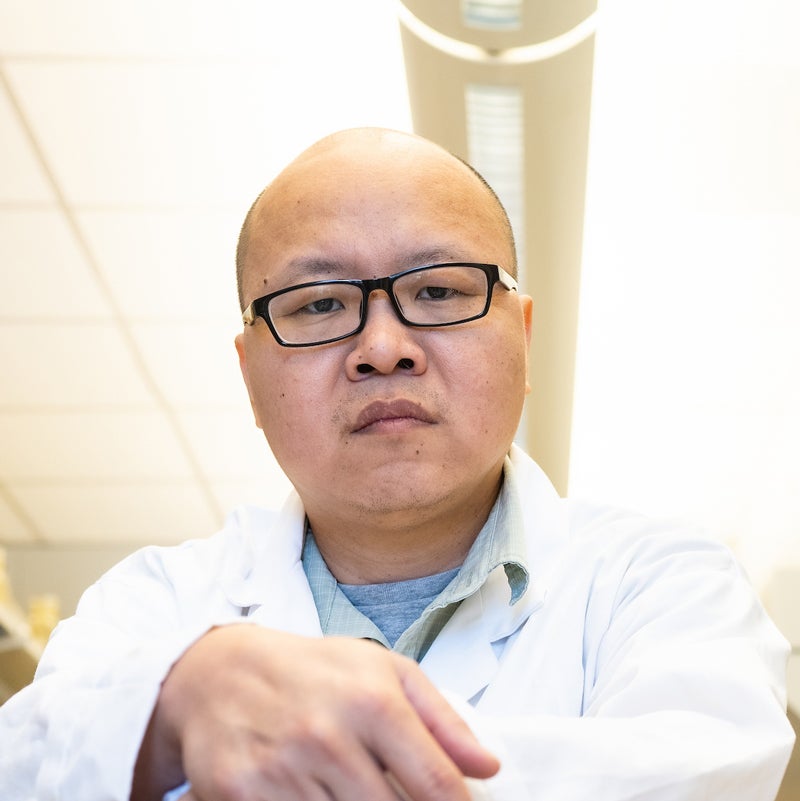
For structural biologist Yang Gao, seeing is believing.
“It’s really true at the atomic level,” said Gao, an assistant professor of biosciences. “When you can see the biomolecules, how they are arranged in space, you will be able to roughly guess how they work — as an enzyme, as a motor, as a scaffold protein.”
Deciphering the action of proteins — how they morph and change during reactions — is key to understanding how they work. His lab uses tools like X-ray crystallography and cryo-electron microscopy to take snapshots. By carefully freezing proteins in place, at step-wise points in their dynamic evolution, his group can turn still-frame images into movies that show how things play out in real-time. The ultimate goal is to “understand how they work, and then, eventually, how to engineer them or target them for the treatment of cancer and other diseases,” he said.
Gao joined Rice following a postdoctoral fellowship at the National Institutes of Health, where he developed innovative methods to study the action of DNA polymerase, enzymatic proteins that copy DNA. Gao continues to study DNA polymerases, which can be co-opted by cancer and are therefore good targets for anti-cancer therapies.
“We look at how proteins work on DNA, how they replicate and how they repair DNA,” he said. “When this process goes wrong, it leads to all kinds of diseases, most importantly cancer.”

Not all of his lab’s projects are related to cancer, but almost all of them focus on enzymes, catalytic molecules that speed up chemical reactions inside cells.
“They all have to move,” he said of enzymes. “And this is important because their movement is intrinsic to their function.”

In addition to studying DNA polymerase, his group investigates mitochondrial enzymes that are frequently hijacked by energy-hungry, rapidly dividing cancer cells. The lab also studies RNA-targeting enzymes that could prove useful for developing genome editing therapies and tests for HIV, COVID-19 and other viruses.
By studying the form of these proteins, and their role within biological processes, Gao and collaborators can search for ways to block or alter enzyme functions. “If they cannot move, that's a very good way of targeting them,” he said. “And also, for engineering, you may want them to move differently.”
His team uses a variety of techniques to decipher the movement and function of enzymes, and he said virtually all of their work is done in collaboration with other groups at Rice or in the Texas Medical Center. In one recent project, for example, his team focused on understanding the function of an enzyme, a second group collaborated to produce engineered versions of the enzyme, and a third group focused on the production of an electrochemical device in which the engineered version could be tested. In another recent project, Gao and collaborators used lab and animal studies to show that a drug that inhibited the function of an enzyme could potentially be used to make a clinically approved cancer immunotherapy effective for a higher percentage of patients.
“Of course, our dream is that our understanding is really meaningful,” he said, “that others can use the information to do something useful for improving human health.”

